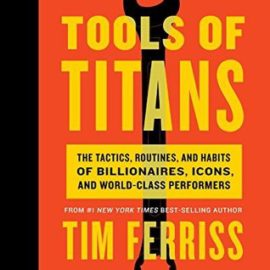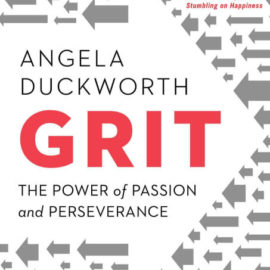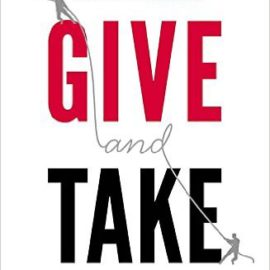Want to learn the ideas in Getting Things Done better than ever? Read the world’s #1 book summary of Getting Things Done by David Allen here.
Read a brief 1-Page Summary or watch video summaries curated by our expert team. Note: this book guide is not affiliated with or endorsed by the publisher or author, and we always encourage you to purchase and read the full book.
Video Summaries of Getting Things Done
We’ve scoured the Internet for the very best videos on Getting Things Done, from high-quality videos summaries to interviews or commentary by David Allen.
1-Page Summary of Getting Things Done
Overview
The GTD system is a way to organize your tasks and give you control over them. It helps you from being overwhelmed by the amount of work that needs to be done. The five steps in the process are:
When you throw a pebble into a puddle, the water splashes.
The answer is that the water doesn’t overreact or underreact when it comes in contact with a pebble. However, we often respond to stressful situations by reacting inappropriately. For instance, if you’re already overwhelmed with work and an email arrives asking for more work, you might feel even more stressed out and respond rudely. But wouldn’t it be great if you could react like water does—not over- or underreacting to any situation but responding appropriately?
To be successful, you need to have control over everything. One way of achieving that is by using the Getting Things Done method (GTD) which uses simple principles like maintaining a comprehensive system of external lists and always defining clear next actions for your projects. It also frees up your brain to solve problems and keeps all your projects moving forward.
In this book, you will learn how to use GTD to better organize your work. The author also provides some questions that will help you determine what is important in life.
Once you have a sense of clarity and control, you’ll not only be more productive, but your stress levels will also go down as you feel calm and in control.
You will also learn how to use your brain properly, as well as what you can do with long-term ideas and dreams like climbing Everest. You will also understand why it’s wrong to be exhausted and not productive.
Big Idea #1: Your brain is good at thinking but not so great at remembering things.
Work can be hectic these days. For example, you might get an email telling you to update your antivirus software, and then your aunt calls to tell you that she wants you to RSVP for her wedding. While talking on the phone with her, your boss comes in and tells you that he needs a new document from you right now.
Come here. What did I ask you to do again?
‘OR
People who work in knowledge-based jobs often have to juggle lots of tasks. To keep track, they try to remember everything that’s going on and what they need to do next. Unfortunately, this strategy wastes the brain’s capacity for thinking because it needs space for storing information (as opposed to remembering). Moreover, trying to remember everything interferes with concentration because your brain will still be working out all the unsolved problems you’ve stored away.
These are open loops that have not been closed. Your brain will remind you about them, even if you don’t want it to. This distracts your focus and prevents you from being able to concentrate on the task at hand.
So how can you be more productive in the workplace? You can use a system called GTD (Getting Things Done) to help you organize your tasks, meetings and information.
There’s a specific and powerful five-stage workflow that you can use to get back in control of everything on your plate. 1. Capture your thoughts, instead of keeping them all in your head. 2. Clarify what each item is and what you can do with it. 3. Organize the outcomes into a structure of lists, such as tasks or projects (iTunes). 4. Reflect on what is important to you and review the items in your system (e-mail inbox). 5. Engage your tasks by picking which action you wish to undertake at this time and do it (responding to e-mails).






